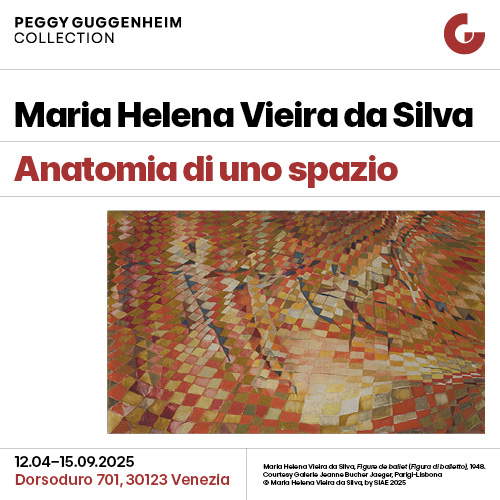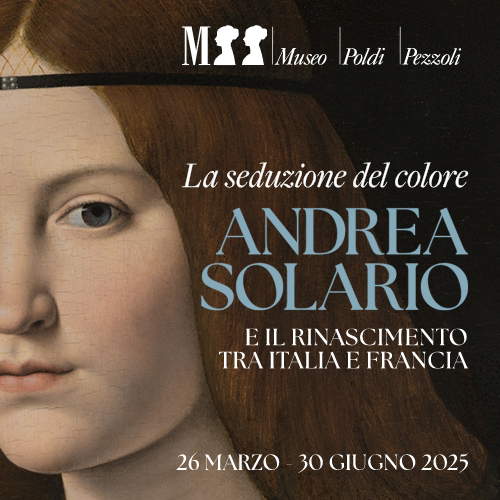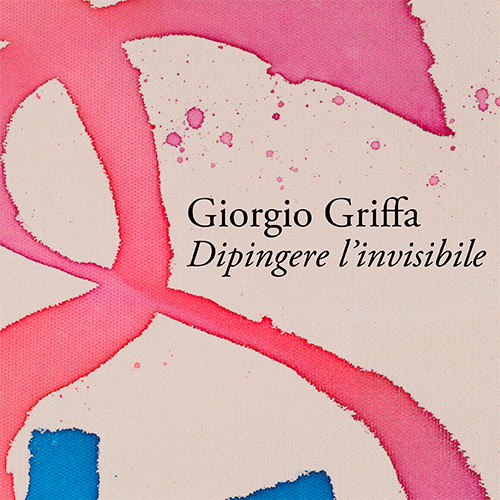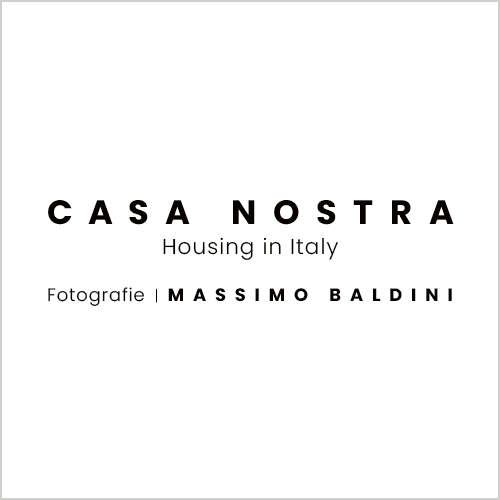Andrea Appiani, Napoleon's painter in Italy on display at Musée de Malmaison
From March 16 to July 28, 2025, the Musée national des châteaux de Malmaison et de Bois-Préau housed in the Château de Bois-Préau presents the first French retrospective dedicated to Andrea Appiani (Milan, 1754 - 1817), the best-known neoclassical painter of northern Italy, entitled Appiani (1754-1817) Napoleon’s Painter in Italy. The exhibition, produced by the GrandPalaisRmn and curated by three Italian art historians, namely Francesco Leone, Fernando Mazzocca and Simone Ferraro, brings together a hundred works including paintings, drawings, engravings and medals from European public and private collections. The aim is to restore to the public the complexity of the work of Appiani, an artist with a refined portrait sensibility and virtuoso freschista, whose large-scale decorative work suffered severe losses during the 1943 bombing of Milan.
The meeting between Appiani and Napoleon took place in May 1796, when the general entered Milan after his victory at the Bridge of Lodi. By that time, the painter had already gained notoriety for his decorations of theaters, palaces and churches, as well as for his portraits. The stylistic rigor of his early days had gradually softened, and his painting combined precision of line, compositional solidity and chromatic softness. His understanding with Bonaparte marked a crucial turning point in his career: three years later, with the return of the French to the Peninsula during the Second Italian campaign, the artist was commissioned to select works to be taken from churches and convents to enrich museums in northern Italy, an operation that was part of Napoleon’s broader policy of spoliation of artistic heritage.
Appiani’s career was consolidated with the birth of the Republic and then the Kingdom of Italy, for which he became the official iconographer. His production was divided between grandiose decorative cycles and official portraits, obtaining a large number of both public and private commissions. The exhibition follows a chronological and thematic path divided into five sections: Pre-Napoleonic Career, Napoleon’s Fasti, Public and Private Portraits, Fresco Decorations, and Appiani’s Artistic Fortune. In the evocative setting of the Château de Bois-Préau, the exhibition highlights the artist’s versatility, capable of expressing himself in monumental, sensitive or intimist painting depending on the context. The initiative is realized in collaboration with the Palazzo Reale in Milan, which from September 2025 to January 2026 will host a variant of the exhibition entitledAppiani. The splendor of Milan from the age of Parini to Napoleon. An opportunity to rediscover the talent of a master who knew how to interpret his time with a refined and elegant pictorial language, leaving an indelible imprint on neoclassical art.
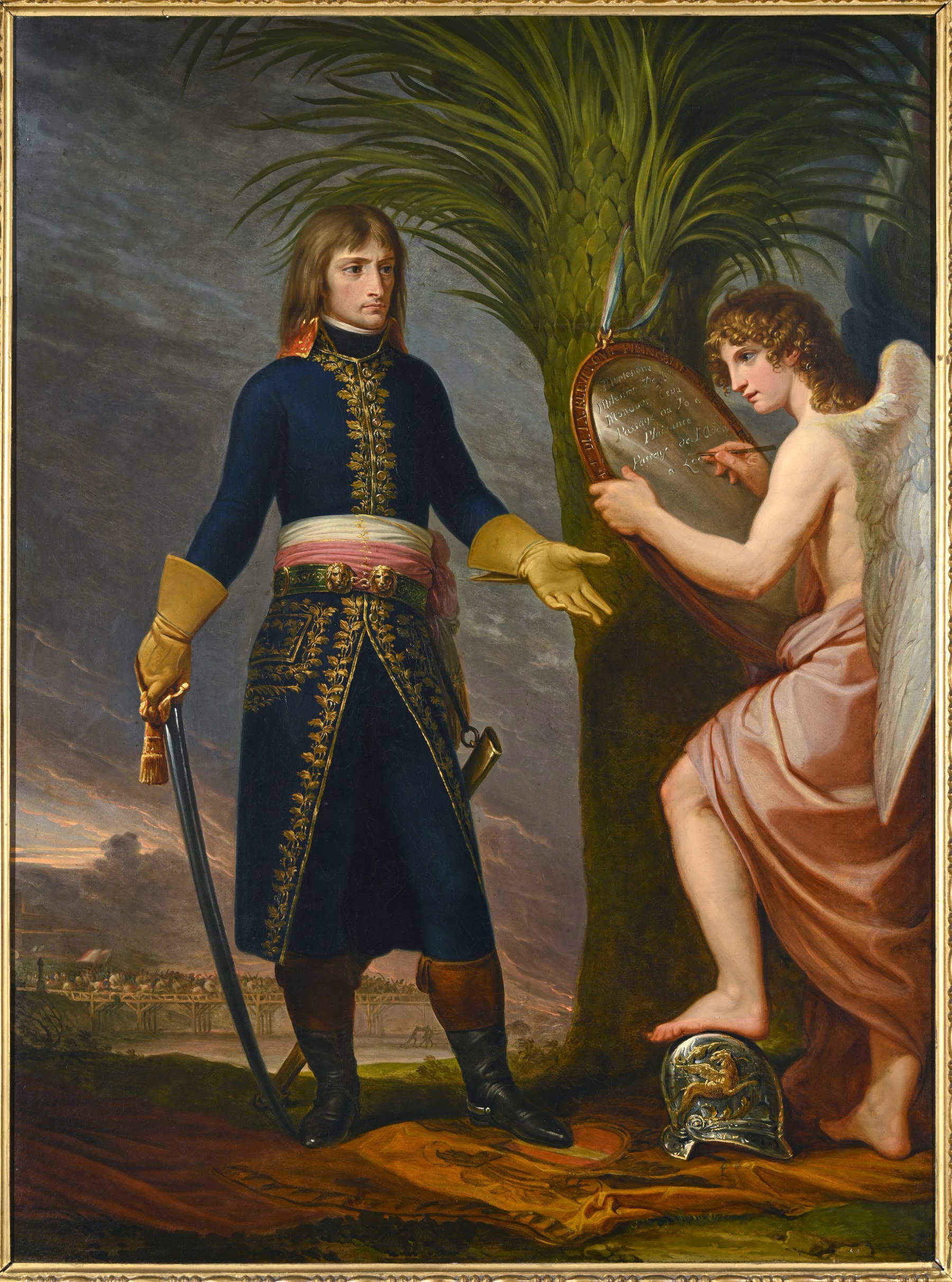
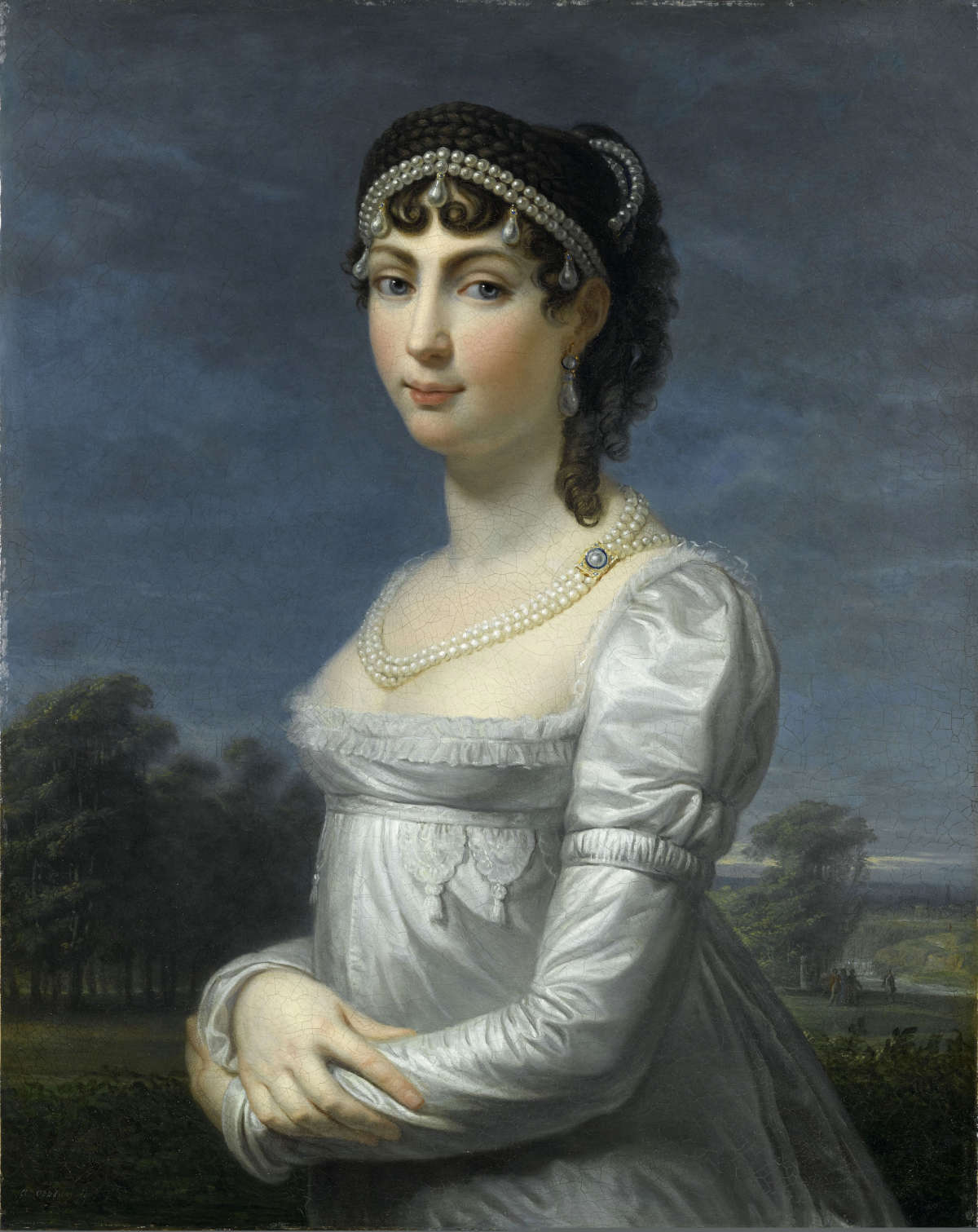
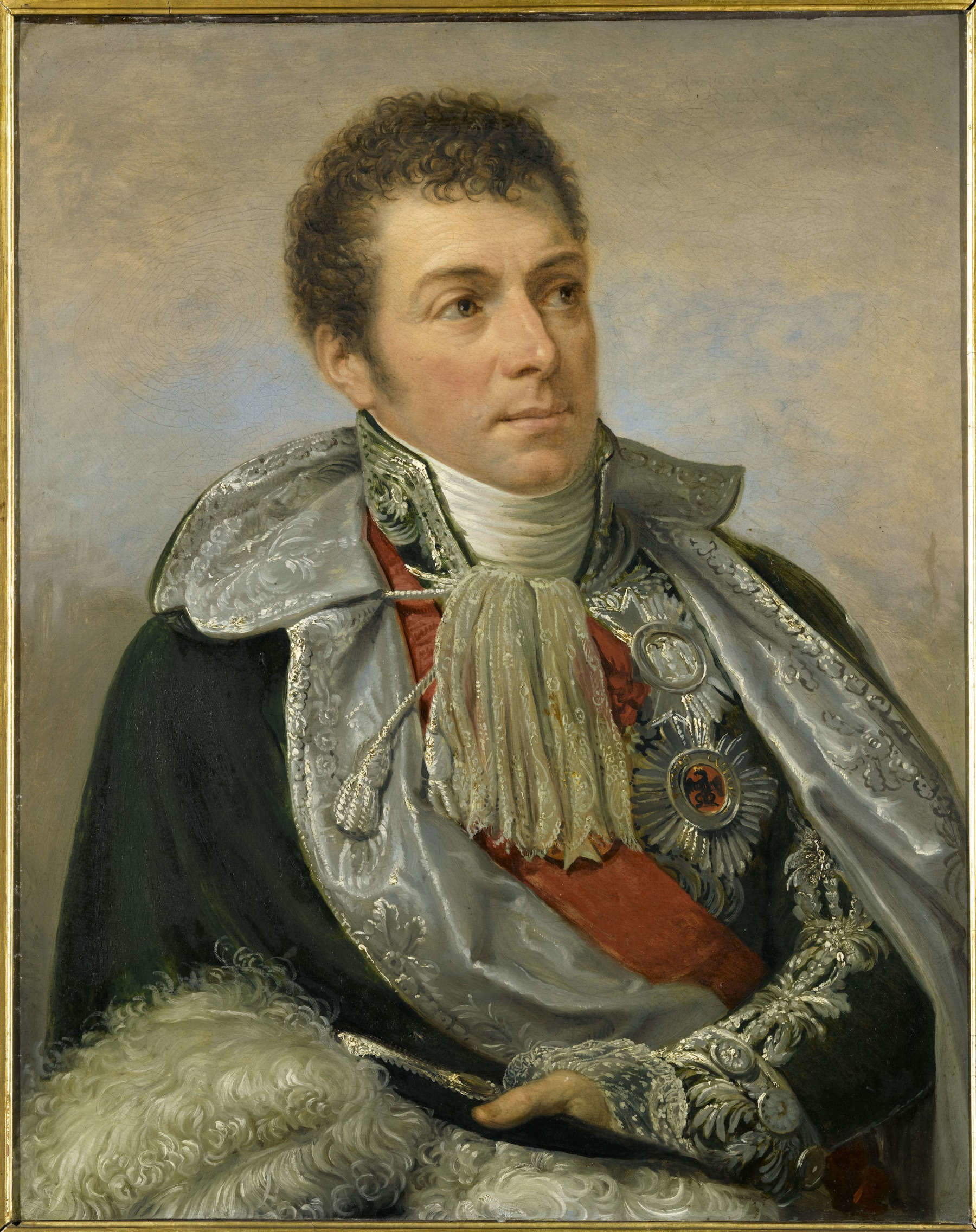
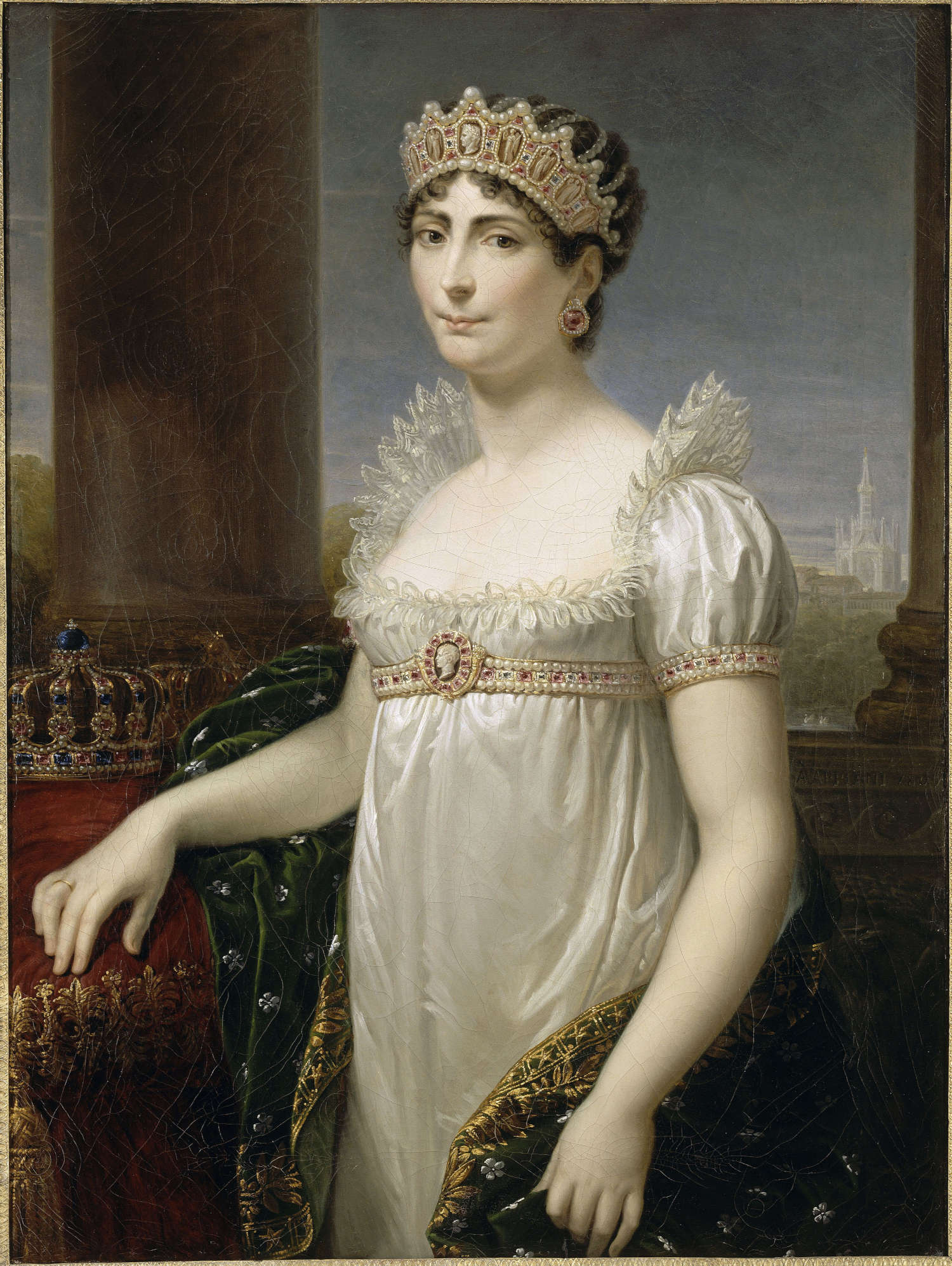
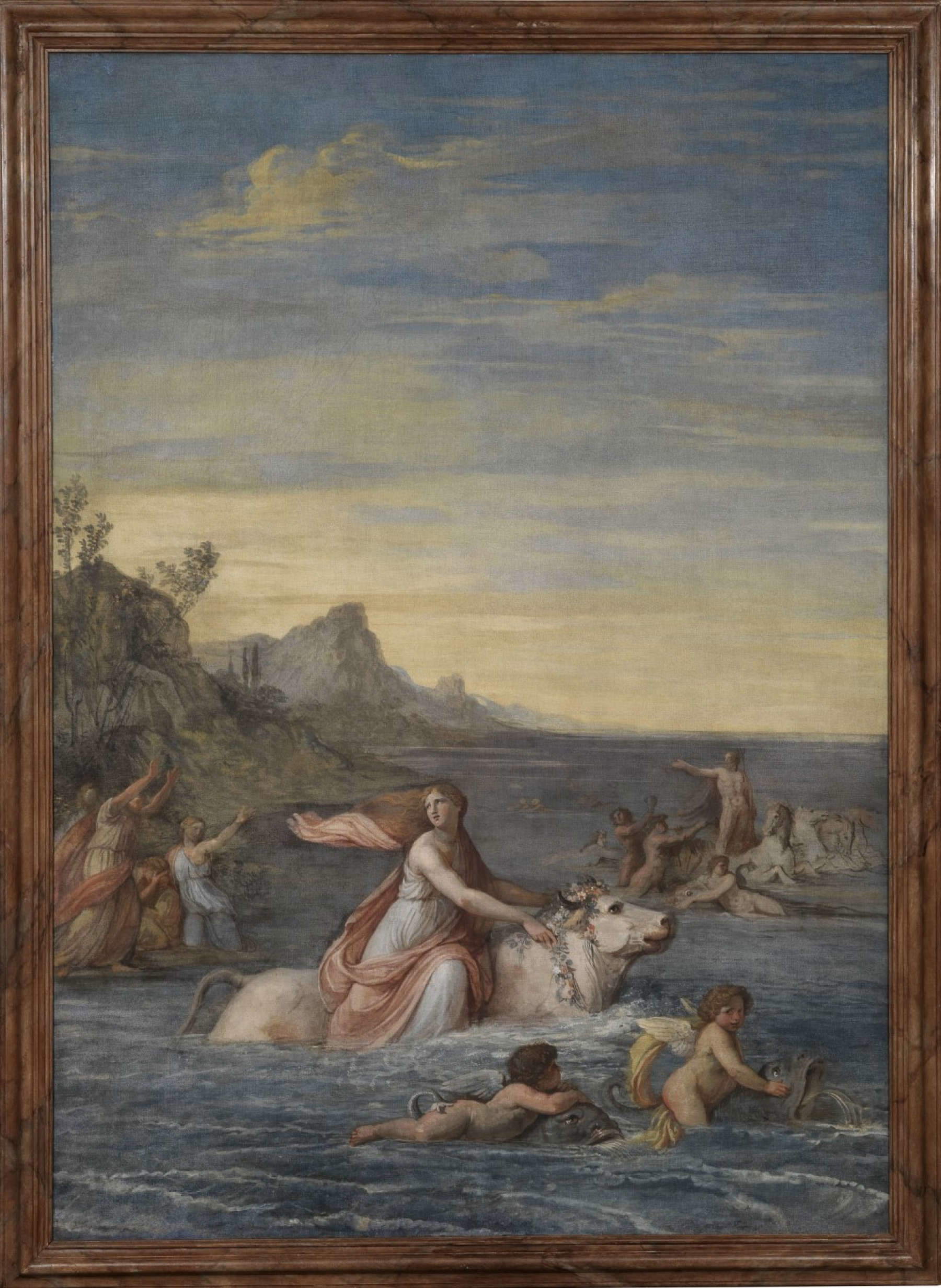
The exhibition
Andrea Appiani is considered the most important easel painter of northern Italy and one of the best European fresco painters of his time. The exhibition aims to invite the public to appreciate an Italian neoclassicism that draws as much from Renaissance and 17th-century painting as from Greco-Roman antiquity. Appiani was also a committed witness to thepolitical rise of Napoleon Bonaparte. Taking up the cause of the general-in-chief since his arrival in Milan in May 1796, the painter was, in the capital of the Cisalpine Republic and then of the Kingdom of Italy, the most important artistic interlocutor of the new authority.
Trained, among other things, at the Ambrosian Academy and then at the Brera Academy, Appiani began his career with oil paintings for the parish church of Caglio and then with a ceiling fresco for a private palace. He painted figures for stage sets at the Teatro alla Scala in Milan and Florence and then for decorative canvases in the Palazzo Arciducale (later Reale) in Milan, then under Austrian rule. The 1780s saw his career take off with ambitious commissions for members of the Milanese nobility-such as the History of Europe for Count Castelbarco-and for churches. In 1791, an important commission for the Milanese shrine of Santa Maria dei Miracoli prompted him to leave for a long stay of refinement and discovery in Rome, he who had only rarely left Milan.
The vast undertaking for the future Royal Palace was intended to adorn the perimeter of the middle floor of the ballroom of the building that was then the official seat of power. This cycle presented a selection of episodes, mainly military but also political, from the first Italian campaign of 1796 to the attack on rue Saint Nicaise on December 24, 1800, and extending to the victory of Friedland on June 14, 1807. The paintings appeared during the bombing that hit Milan in August 1943. The series included 35 tempera paintings on canvas in white and gray grisaille, simulating bas-reliefs. Each canvas measured 2.5 to 3 meters in length, forming a total frieze of nearly one hundred meters. Inspired by Ugo Foscolo’s ode A Bonaparte Liberatore, the most important part of the cycle celebrated the founder of the Republic. It was unveiled on June 26, 1803, on the occasion of the national holiday. To popularize Appiani’s inventions, Napoleon, after becoming emperor, ordered that 35 engravings be taken from the paintings. The operation, carried out through the use of etching by a number of renowned engravers, was supervised by Giuseppe Longhi, professor of engraving at the Brera Academy. The fiery energy, the sense of theatricality and synthesis, the wild rhythms, and the solemnity of the official scenes belie the exclusive identification of Appiani with the “painter of graces.” A section of the exhibition is devoted to this enterprise.
Also in the exhibition itinerary is a section on portraits. In 1781 Appiani was commissioned to paint a posthumous portrait of the first wife of Count Pietro Verri, the illustrious co-founder of the Society of Fists, a cultured circle imbued with the Enlightenment spirit. From then on he began his career as a portraitist in aristocratic circles and the “enlightened” bourgeoisie. At the same time he produced numerous portraits of his entourage. Appointed the first painter of Napoleon, King of Italy, in 1805, Appiani also distinguished himself in depicting Italy’s most important political figures. Appiani introduced several inflections into the practice of portraiture in Italy: the monochrome backgrounds that emphasized the effigies, the softness of lines and colors that softened the outlines, and the delicate nuances that stood out from the neoclassical rigor. Surprising are the accents of modernity, such as the unfinished character and the sporadic use of fingers to spread the material (portrait of Canova).
Appiani’s influence was affected by the fact that the most notable part of his works was ... immobile, placed in Milanese palaces and, moreover, partially destroyed during World War II. It was by combining the legacy of the past with the art of the present that Appiani multiplied the decorations of the walls and especially the ceilings and vaults of private aristocratic or official palaces, in compositions with mythological subjects. Giuseppe Parini, a neoclassical poet and professor of literature at the Brera Academy-where Appiani also taught-was a supporter of the more elaborate iconographic programs. This crucial part of Appiani’s work can only be made known through preparatory drawings and, more exceptionally, scale cartoons, in preparation for their transfer to the wall for painting. The few examples on display, taken from the important graphic corpus that remains today (more than 900 pieces), allow us to “enter” the artist’s studio.
A stroke in 1813 abruptly marked the end of Appiani’s career, while the artist was working on the decorations of the Sala della Lanterna and the studiolo of the Royal Palace. In the latter, the walls and doors were adorned with paintings on canvas. Illness prevented him from completing a major project: an Apotheosis of Napoleon for the ceiling of the Sala delle Cariatidi. Appiani’s artistic fortunes fluctuated with the ages: recognized as the leading Italian neoclassical painter, his name was and still is associated-at least in Italy-with that of the great sculptor Canova, his contemporary. On the other hand, the Napoleonic engagement and the profound evolution of taste and art in the 19th century played against him. Apart from the circle of connoisseurs among whom his esteem was maintained, it is especially with the renewed interest in neoclassicism since the 1980s that his value has again been recognized.
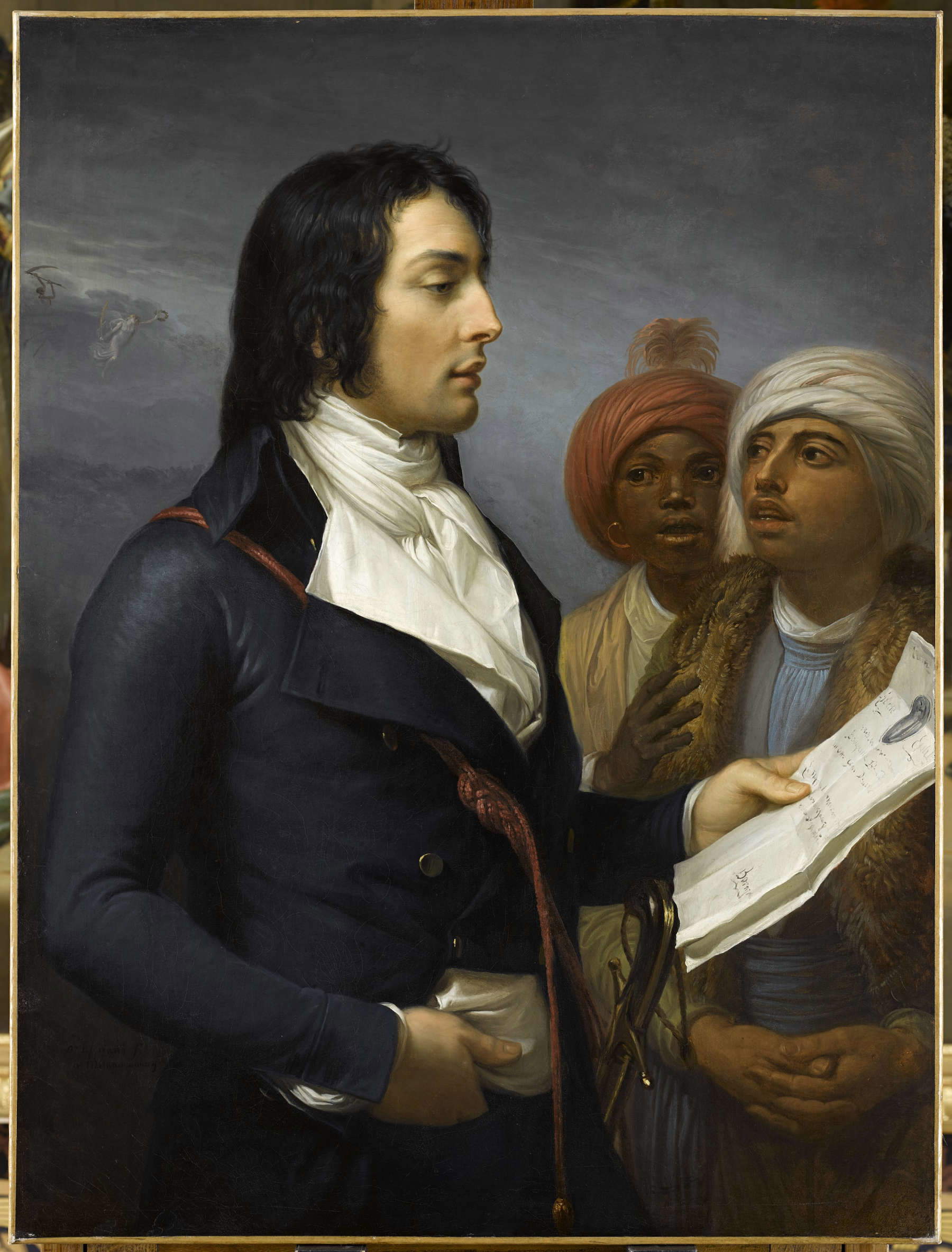
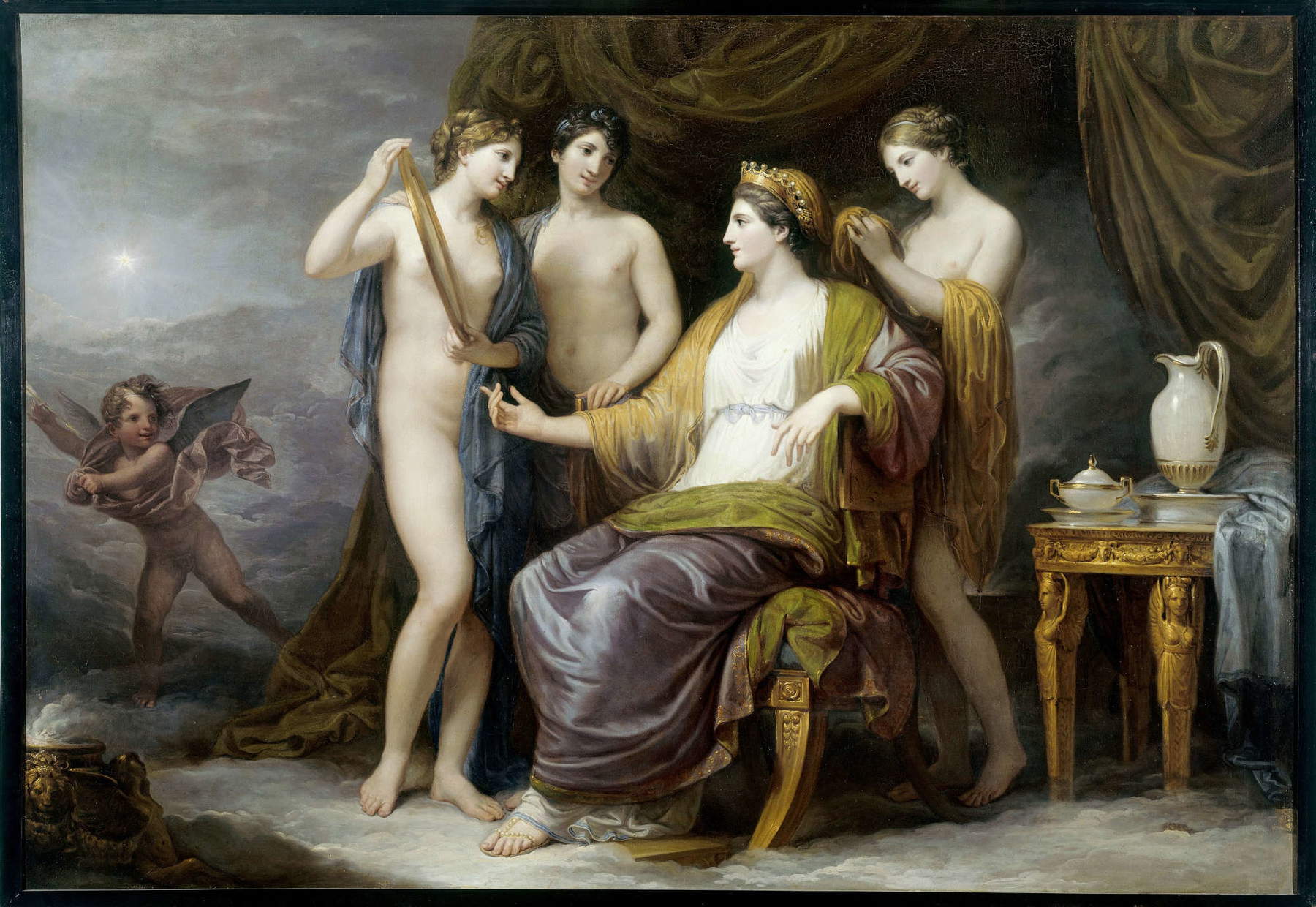
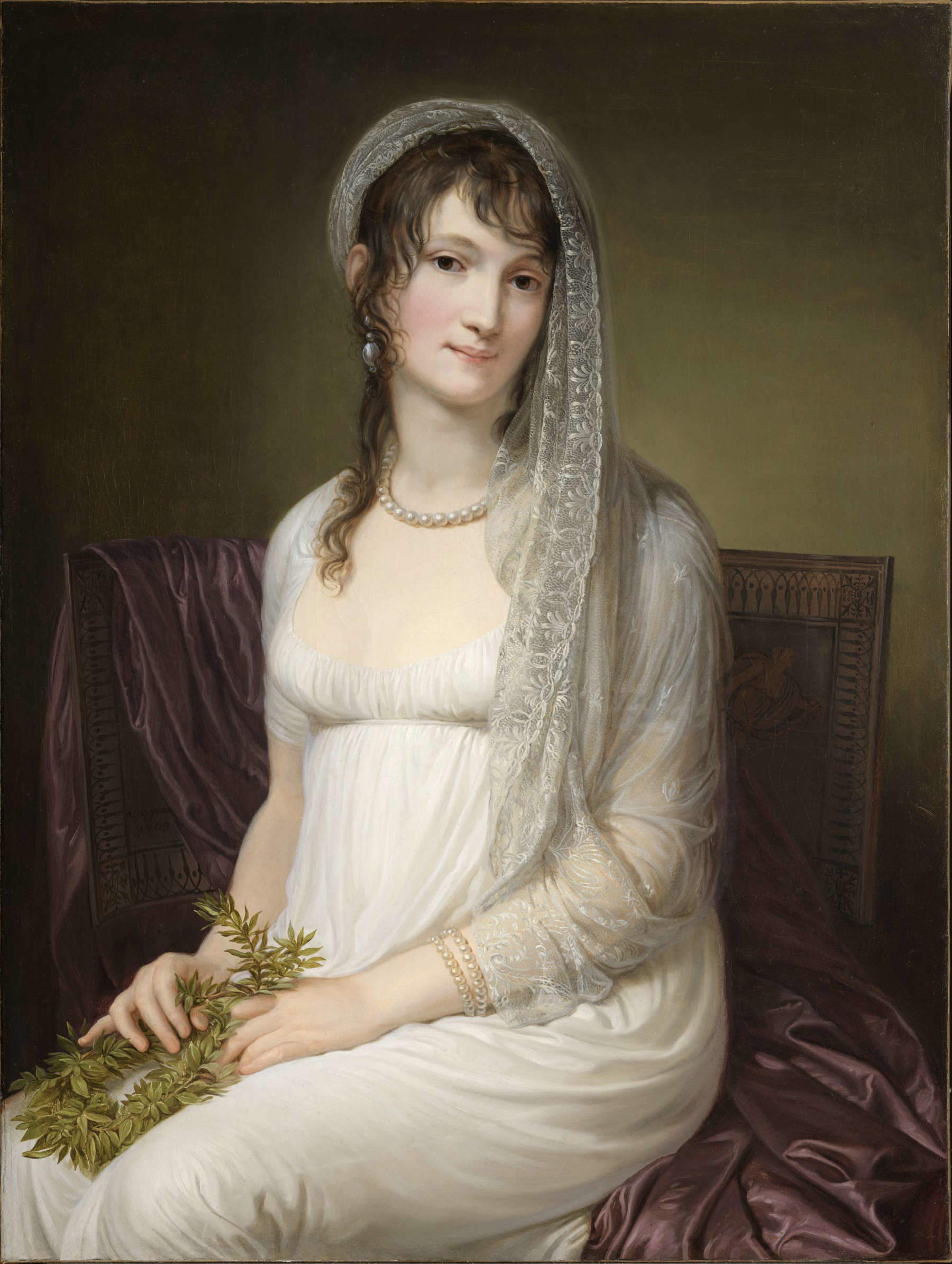
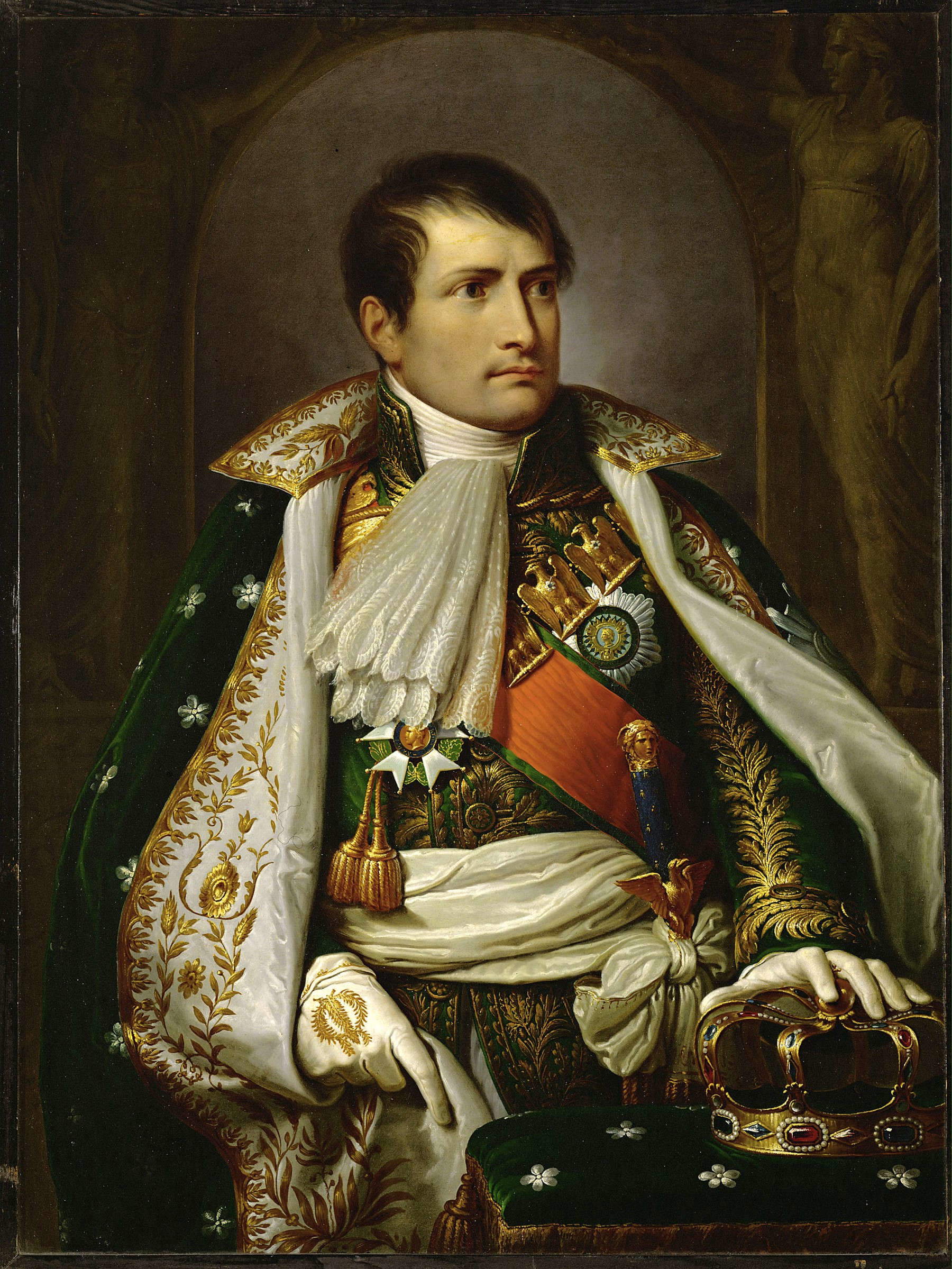
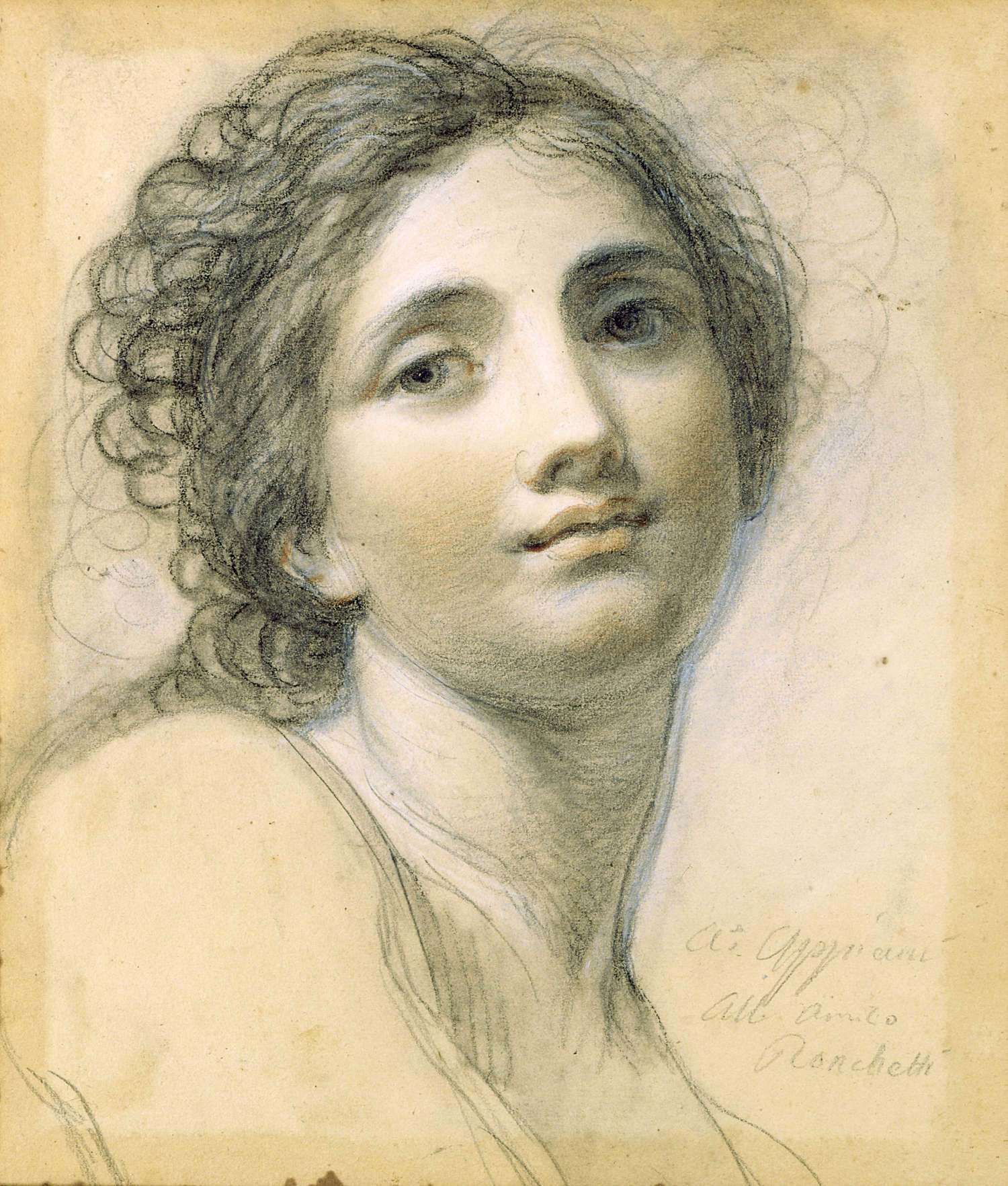
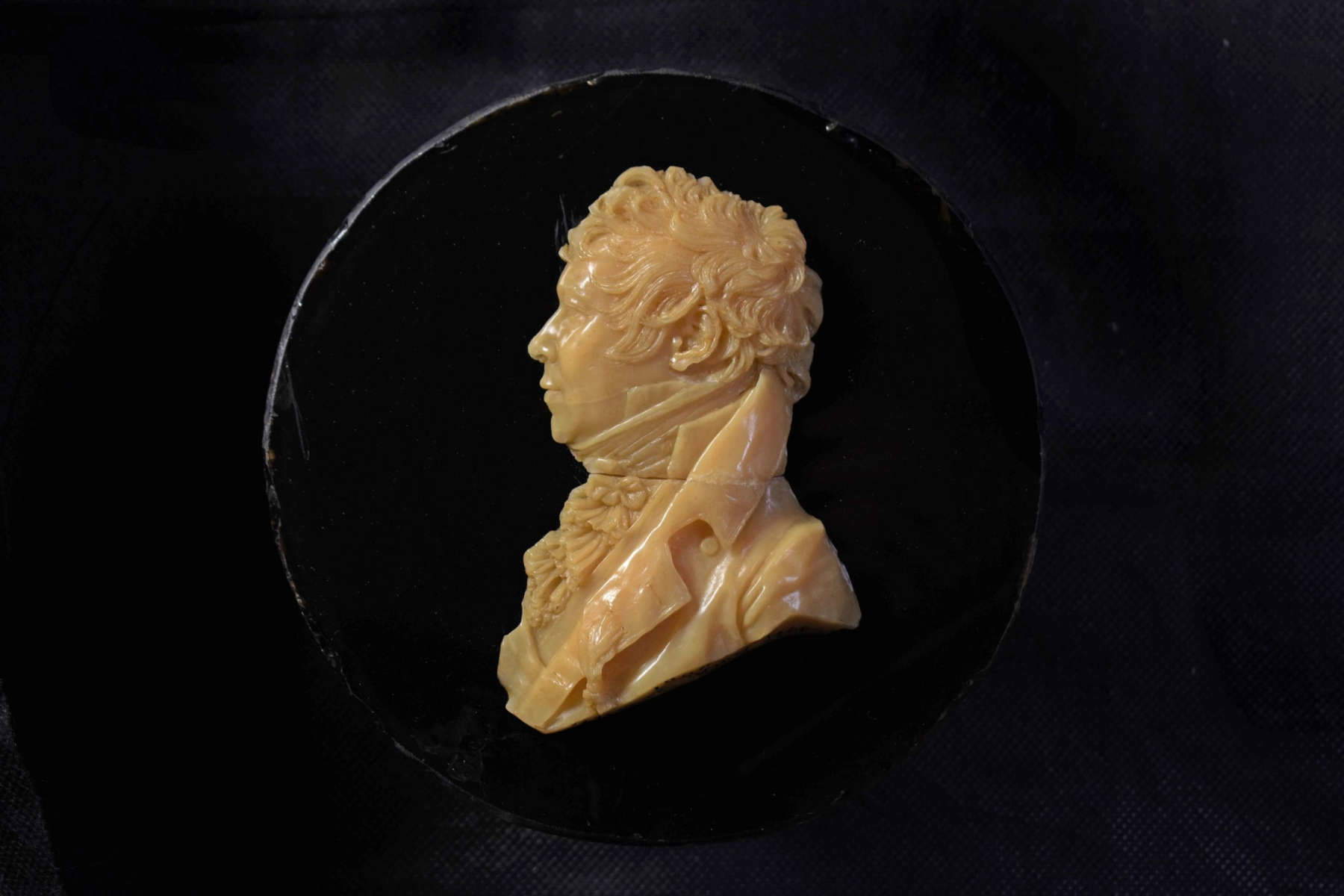
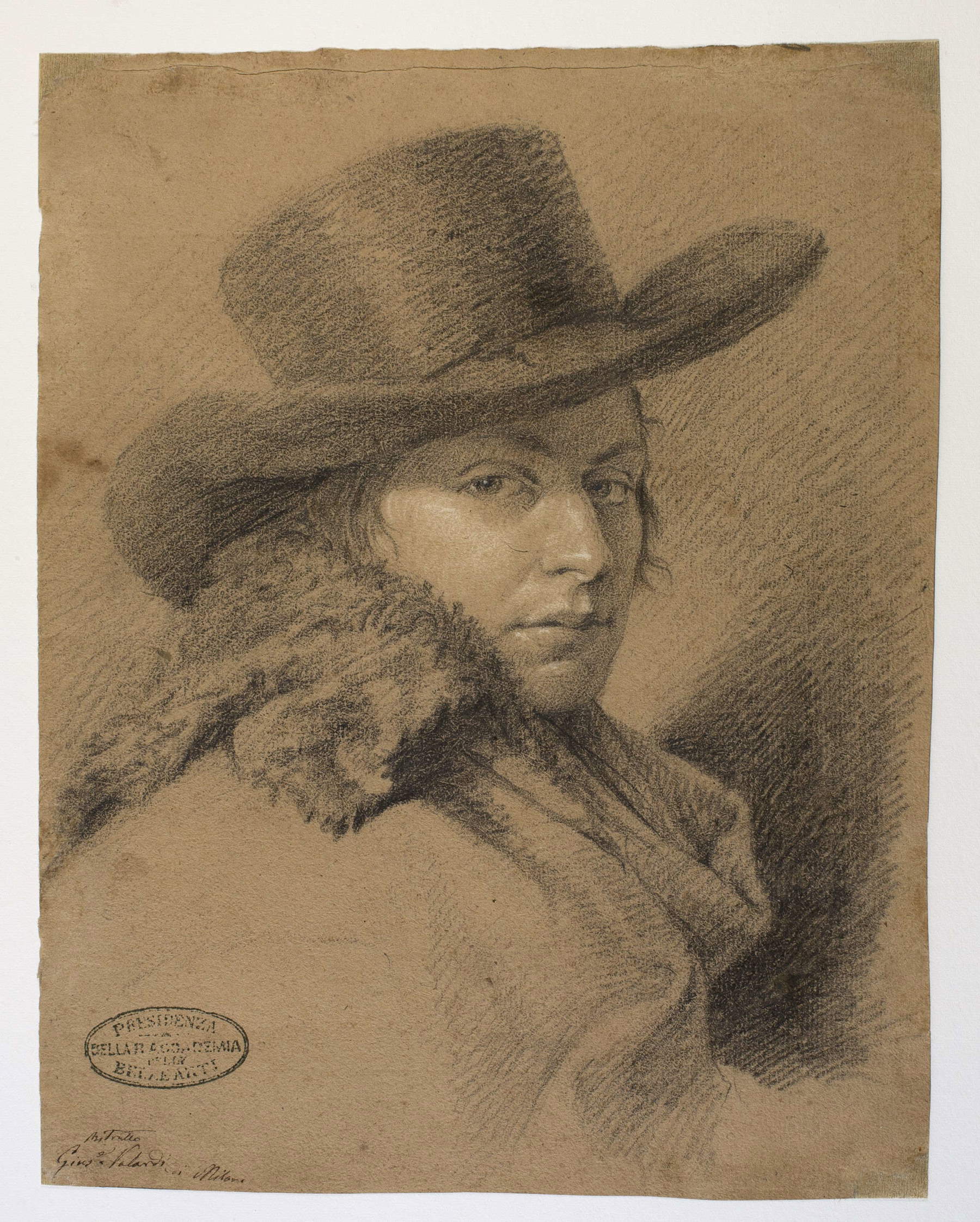
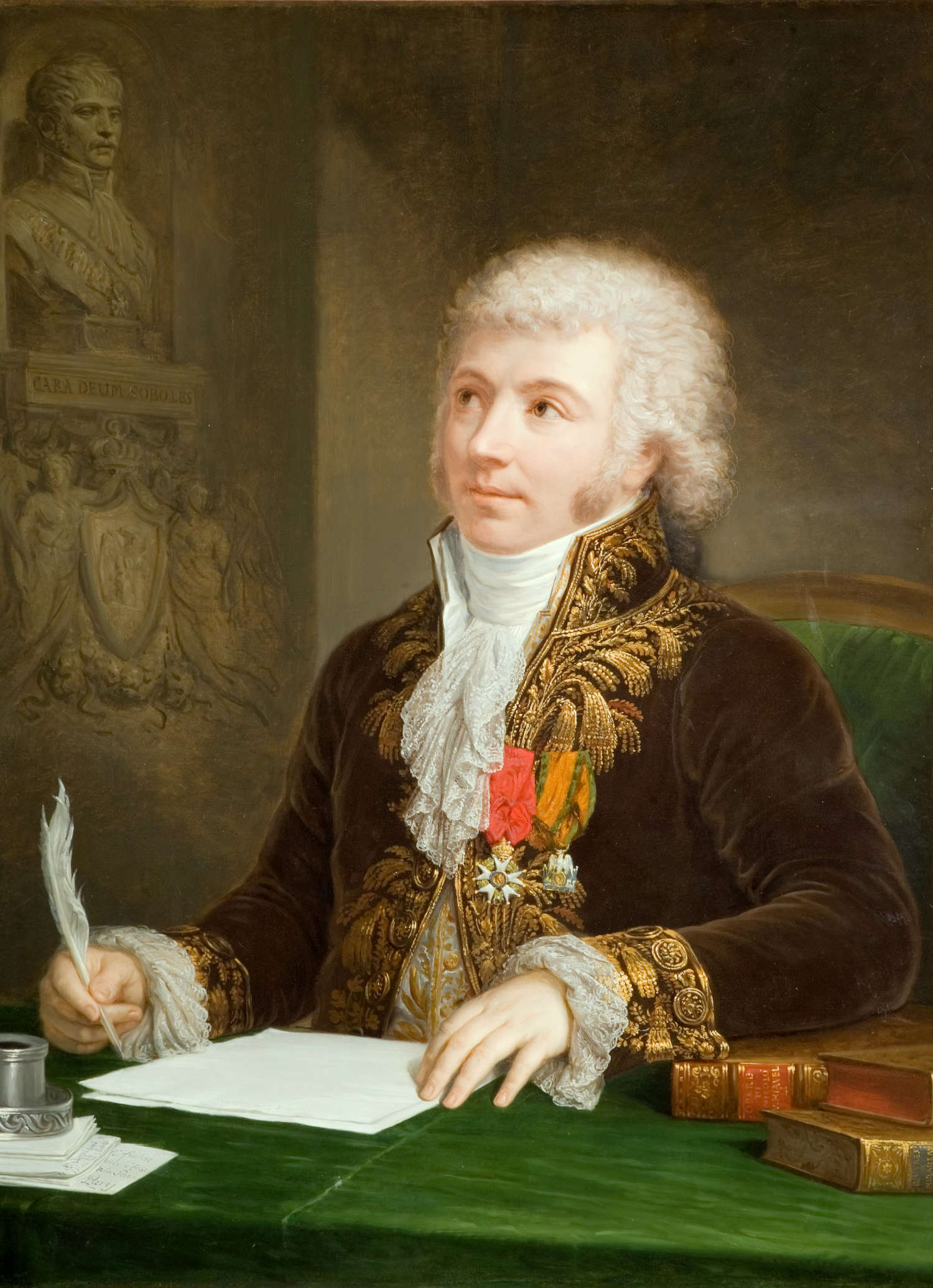
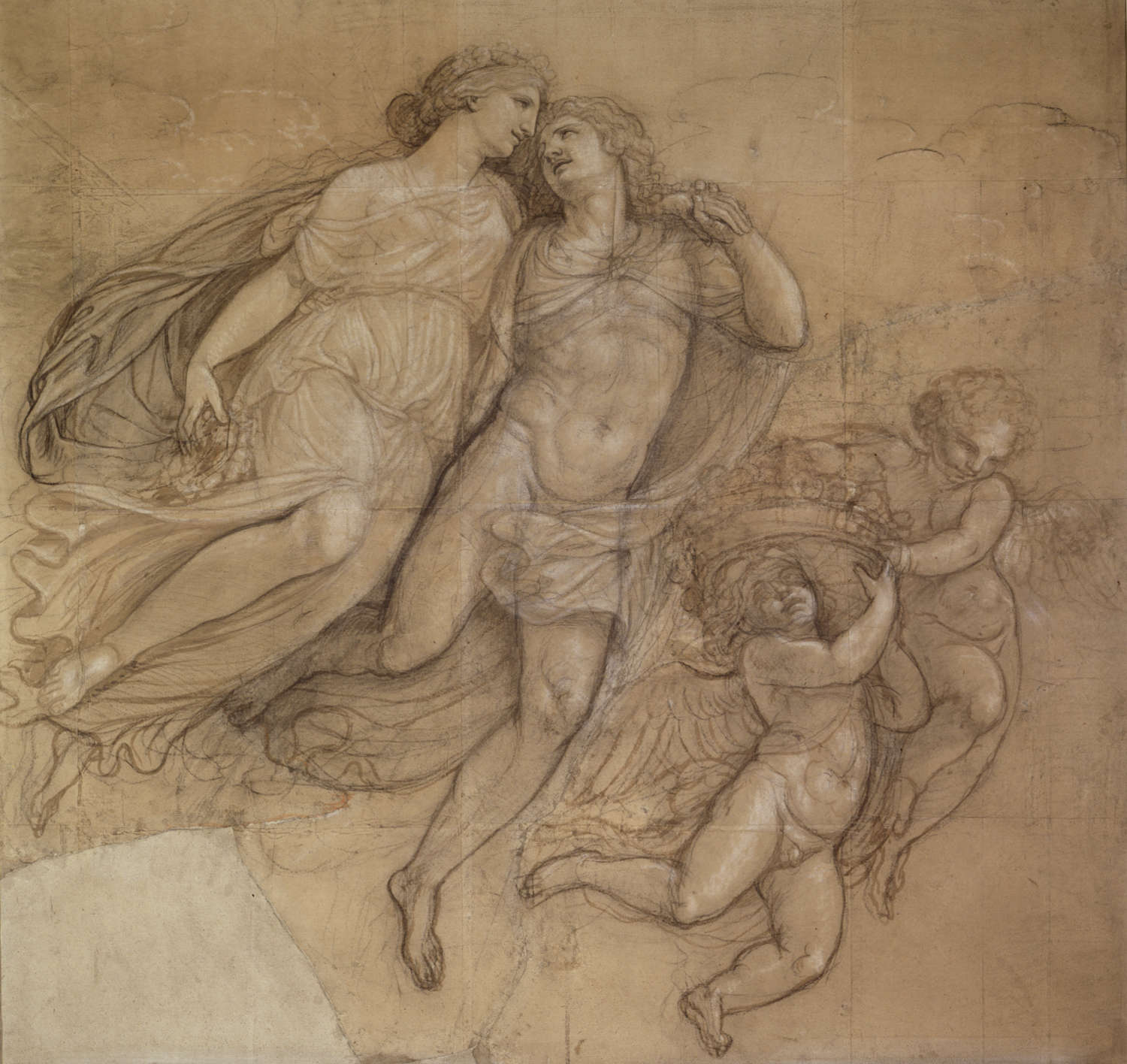
Practical information
Open - Château de Bois-Préau: daily except Tuesdays, 1-6 p.m. Until 9 p.m. Thursdays
Château de Malmaison: daily except Tuesdays, weekdays 10:00 a.m.-12:30 p.m. / 1:30 p.m.-5:15 p.m. weekends: 10:00 a.m.-12:30 p.m. / 1:30 p.m.-5:45 p.m.
Rates - Bois-Préau temporary exhibition: full 8 € / reduced 6 € / group 6.5 €
Combined ticket Malmaison-Bois-Préau : full 11 € / reduced 8 € / group 8.5 €
For information and reservations: reservation.malmaison@culture.gouv.fr.
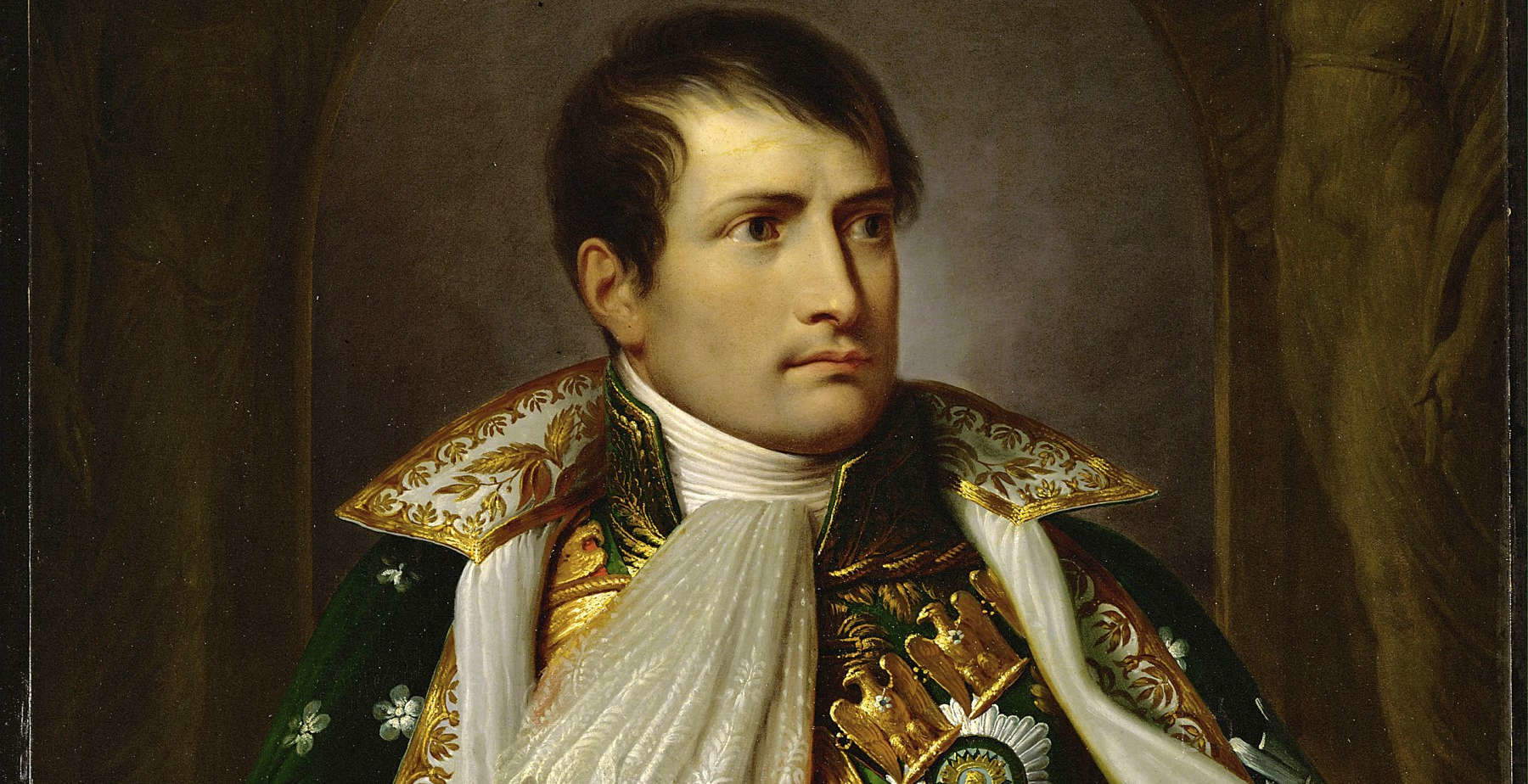 |
| Andrea Appiani, Napoleon's painter in Italy on display at Musée de Malmaison |
Warning: the translation into English of the original Italian article was created using automatic tools. We undertake to review all articles, but we do not guarantee the total absence of inaccuracies in the translation due to the program. You can find the original by clicking on the ITA button. If you find any mistake,please contact us.





